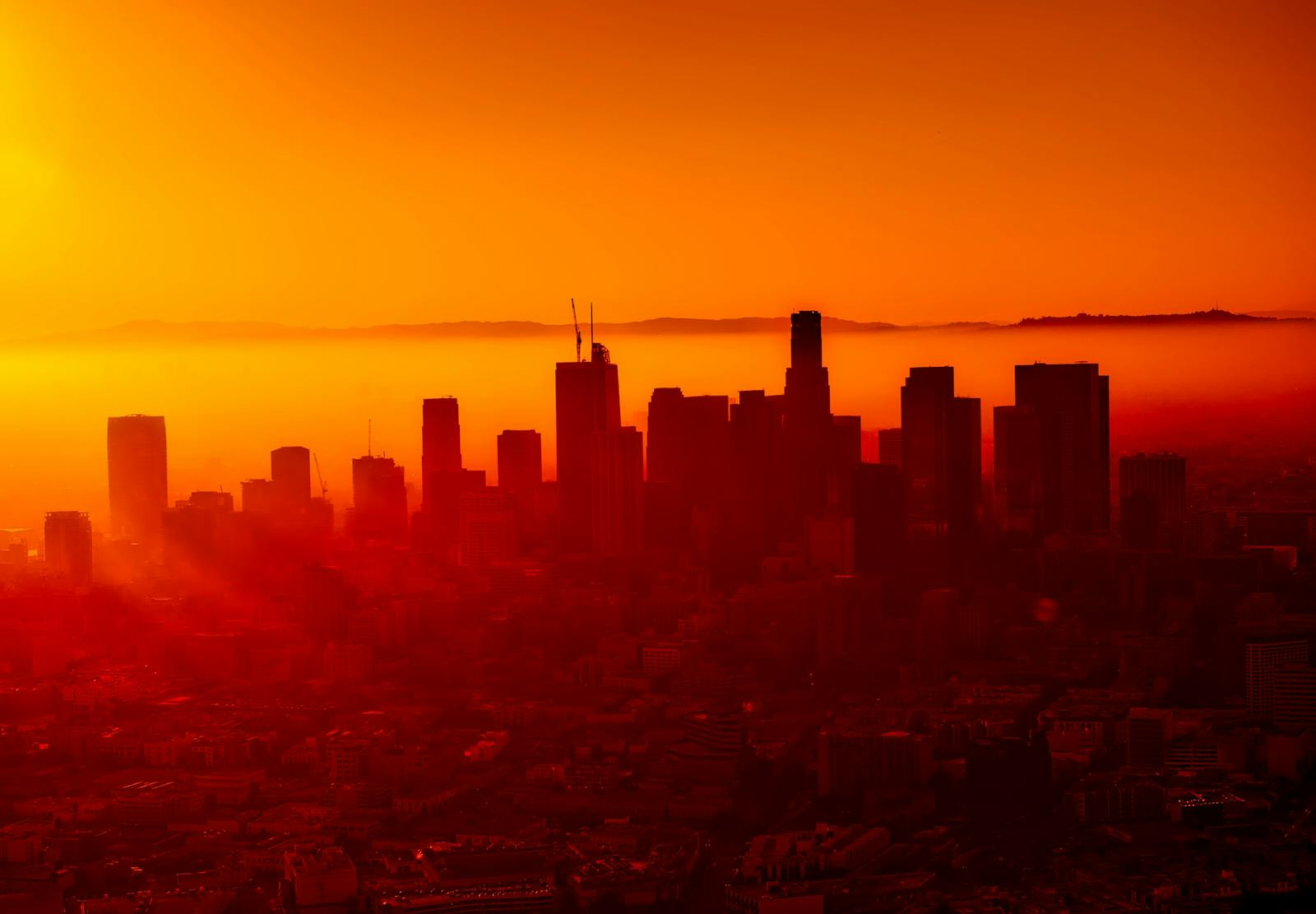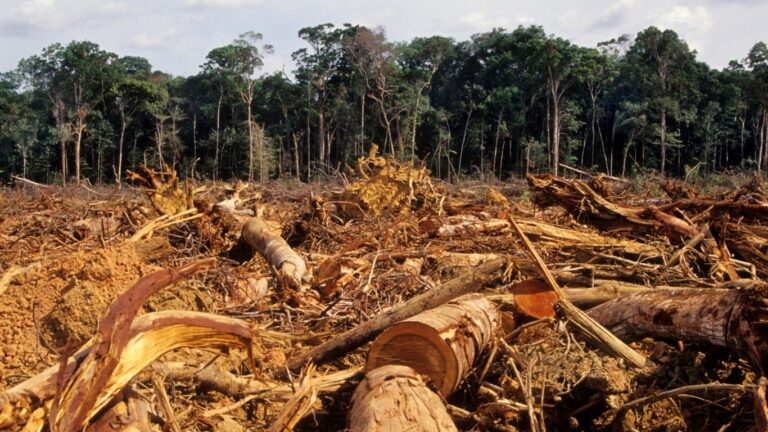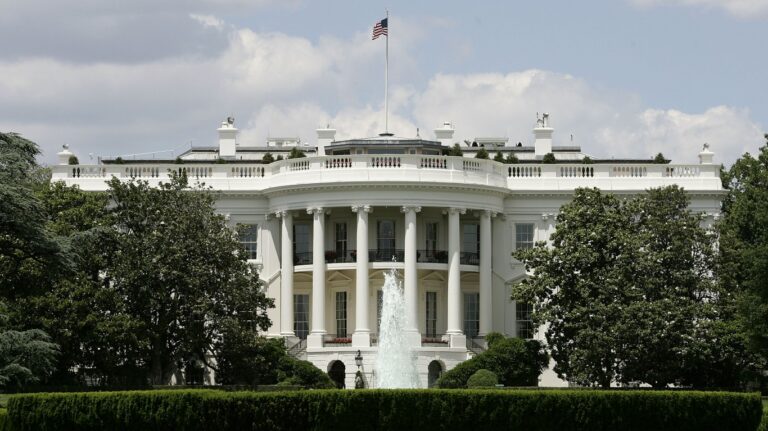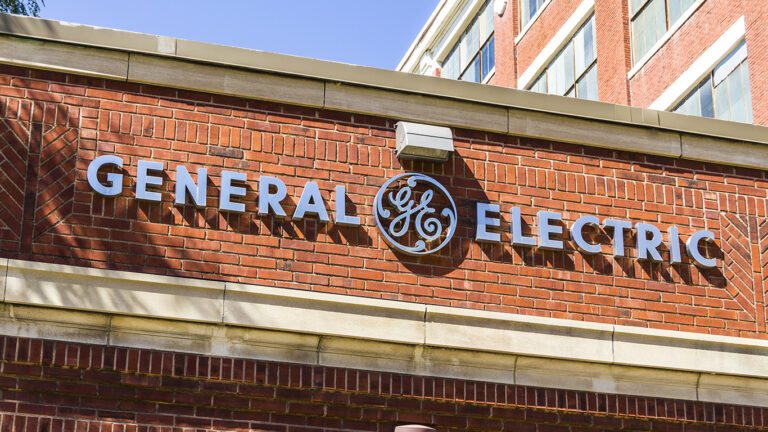New Data Reveals Stark Intra-Urban Disparities In Air Pollution Exposure

As rising heat worsens ground-level ozone, more frequent wildfires cause dangerous spikes in harmful particulate matter, and vulnerable populations continue to deal with the respiratory fallout of COVID-19, air quality has become a growing concern in public health. And while air quality is typically measured across broad populations at the city or county level, new tract-level data published by researchers at Harvard University and Boston University earlier this year gives insights into how air quality varies from neighborhood to neighborhood, and how some residents are more exposed to air pollution than others.
Moving? People Are Fleeing These Climate Disaster Zones
Vacation plans? Climate Change Is Forcing Ski Resorts To Close Early
In almost every major city, poor communities – beset by congested highways, polluting factories, and lack of green space – face greater exposure to harmful fine particulate matter than wealthy neighborhoods. In some cities, the relationship between income and air quality is extremely stark, with particulate matter concentrations more than 5 µg/m3 greater in the poorest neighborhood than the richest one – the respiratory equivalent of 83 cigarettes smoked a year.
To determine the cities with the worst air inequality, Climate Crisis 247 reviewed tract-level data on income and annual PM2.5 concentrations. Cities were ranked based on the inferred effect of an additional $10,000 in household income on PM2.5 exposure, measured as the slope between median household income and average annual PM2.5 concentration.
In Los Angeles, where busy, noxious freeways and industrial centers abut poor urban communities, a decrease in income of $10,000 is associated with an increase in particulate matter of 0.1 µg/m3, the equivalent of 1.7 cigarettes smoked per year. The relationship between income and air quality is strongest in other car-heavy cities in the West and Southwest like Las Vegas and Phoenix. The relationship is also strong in economically segregated cities in the Midwest like Kansas City, Akron, and Minneapolis. And while poor residents are more likely to suffer from air pollution in a majority of urban America, in several major cities – Portland, Miami, Baltimore, Philadelphia, Boston, and New York City – there is no meaningful relationship between income and air quality at the tract level.
Click here to see the full list of cities where income and air quality are the most closely related.
Sponsor
Find a Vetted Financial Advisor
- Finding a fiduciary financial advisor doesn't have to be hard. SmartAsset's free tool matches you with up to 3 financial advisors that serve your area in 5 minutes.
- Each advisor has been vetted by SmartAsset and is held to a fiduciary standard to act in your best interests. Get on the path toward achieving your financial goals!






